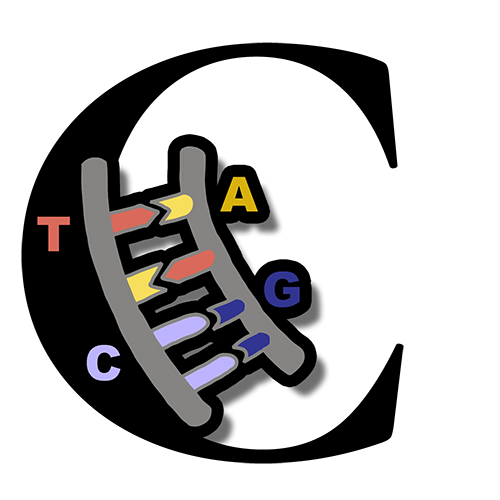Cas9 as a in vivo detective
So, ever wondered how the Cas9 protein can find the right spot to make its edit in vivo? Here is an illustration to help.
Imagine that the Cas9 protein is a molecular detective with a specific mission—to locate and cut a target DNA sequence. In this metaphor, the genome is like a massive book containing all the genetic information, and the Cas9 protein is the detective searching for a particular passage or chapter within that book.
To accomplish its mission, the Cas9 protein needs a guide, which is the guide RNA (gRNA). The gRNA serves as the detective’s trusty assistant, equipped with a unique bookmark and a keen eye for the target passage. The bookmark is designed to match the specific sequence the detective is searching for.
Once the detective and the assistant are ready, they embark on their quest. They traverse the vast pages of the genome book, carefully scanning the DNA letters for the exact sequence they seek. The detective holds the gRNA tightly, using it as a compass and relying on its guidance.
As they navigate through the book, the detective and assistant compare the DNA sequence they encounter with the bookmark on the gRNA. When they find a perfect match, it’s like discovering the target passage in the book. The detective knows that this is the spot they’ve been searching for.
At this moment, the detective takes out a special cutting tool—the nuclease activity of the Cas9 protein. With precision, the detective makes a precise cut in the DNA, like drawing a line through the identified passage in the book. This action disrupts the genetic code at that location.
Using this metaphor, the Cas9 protein acts as a detective in the genome book, guided by the gRNA assistant to precisely find and cut the desired target sequence. Just as the detective relies on the bookmark and the specific sequence to locate the passage, the Cas9 protein depends on the gRNA’s designed specificity to recognize and bind to the target DNA sequence.
This illustrates how the Cas9 protein and the gRNA work together, like a detective and an assistant, to identify and modify specific locations in the genome with remarkable accuracy.
